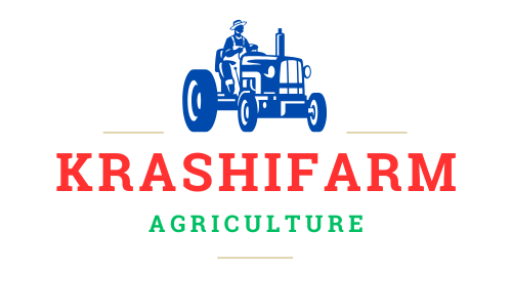Methods for Preventing Soil Erosion
Soil erosion depletes nutrients, reduces crop yield, and degrades land. Here are effective methods to prevent it:
1. Vegetative Cover
- Cover Crops: Planting legumes, grasses, or clover prevents soil exposure.
- Mulching: Organic or synthetic mulch protects soil from wind and rain.
- Grass Buffer Strips: Planted along field edges to trap sediment and reduce runoff.
2. Contour Farming
- Plowing along natural land contours slows water runoff.
- Reduces soil loss on slopes and improves water infiltration.
3. Terracing
- Creating step-like terraces on steep slopes reduces erosion by slowing water flow.
- Common in hilly or mountainous farming areas.
4. No-Till & Conservation Tillage
- Avoids excessive plowing, keeping soil structure intact.
- Reduces disturbance to microorganisms that bind soil particles together.
5. Crop Rotation & Diversification
- Alternating crops improves soil stability and reduces erosion risk.
- Deep-rooted plants help hold soil in place.
6. Agroforestry & Windbreaks
- Planting trees and shrubs reduces wind speed and prevents soil loss.
- Tree roots stabilize soil and improve water retention.
7. Proper Irrigation Management
- Drip irrigation minimizes runoff and soil displacement.
- Avoiding over-irrigation prevents washing away nutrients.
8. Constructing Erosion Control Structures
- Check Dams: Small barriers in gullies slow water flow.
- Silt Fences: Temporary barriers trap sediment in runoff areas.



